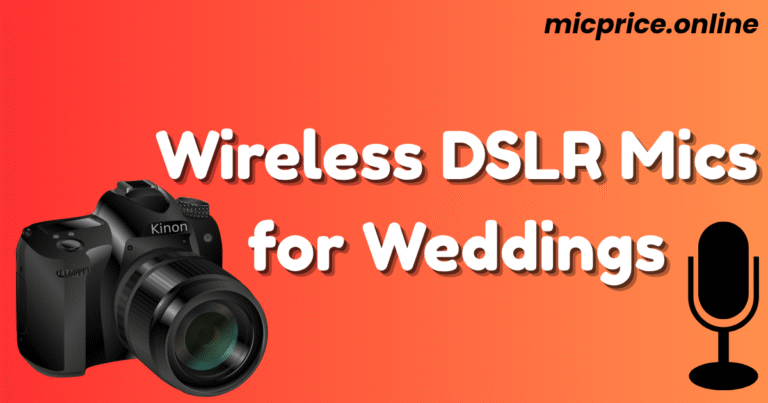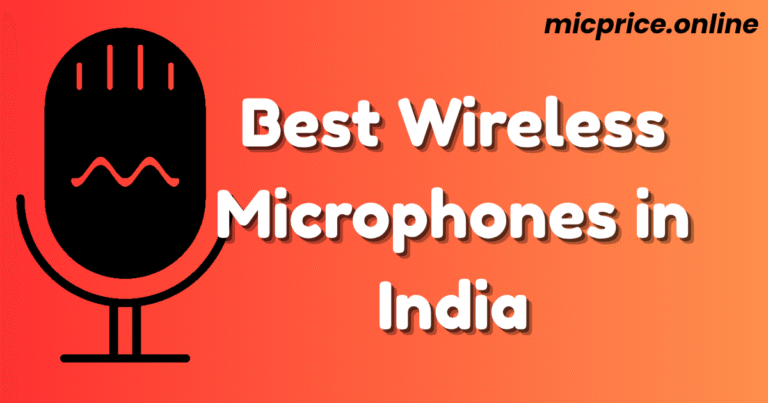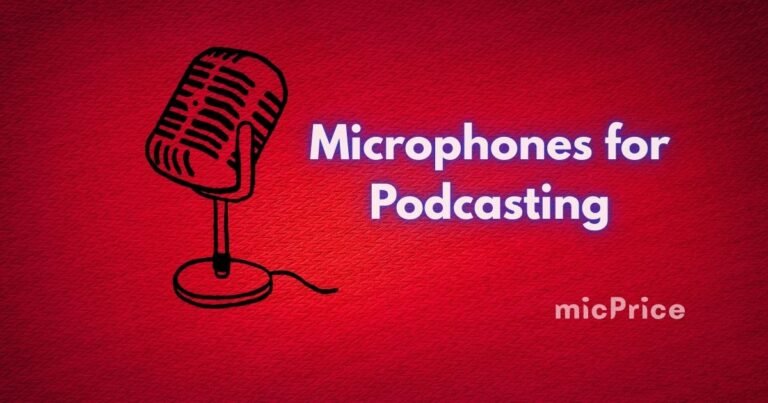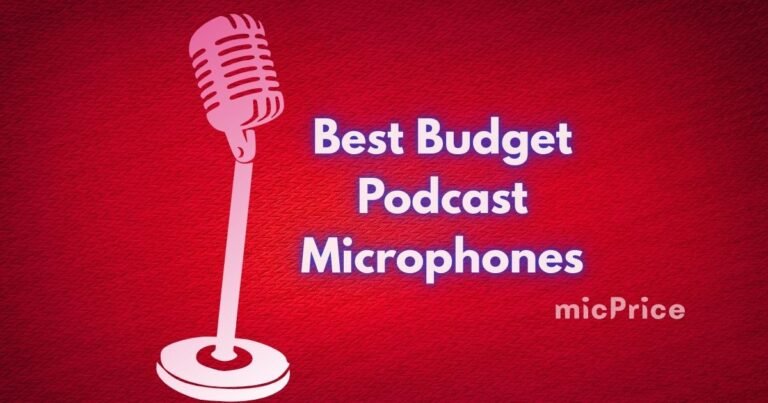Plug and Play USB Mic Review- My Thought
Picture this. It’s late at night, your room is finally quiet, and you’re about to record your first podcast episode. You open your laptop, plug in your brand-new USB mic, and… it just works. No drivers, no weird software installations, no scratching your head wondering why your DAW isn’t detecting anything.
I remember that feeling vividly. The first time I plugged in a USB mic after years of fiddling with XLR setups and phantom power, it felt like a cheat code. Like, “Wait, that’s it? I’m ready to record now?”
Now, here’s the thing. Not all plug-and-play USB mics are created equal. Some promise studio quality and deliver radio static. Others genuinely surprise you with clarity that rivals entry-level XLR setups. Today, I’ll share my personal experiences, honest opinions, and what I’ve learned testing these mics over the years – both for my projects and for clients who wanted simple solutions.
So if you’re wondering which plug-and-play USB mic is worth your money, stick around. I’ll break it down in the most real, no-fluff way possible.
Contents
Why Plug and Play USB Mics Even Matter
In my professional experience, USB mics have changed the game for creators, podcasters, streamers, and even vocalists working from home studios. Here’s what I mean:
- No audio interface is needed. Seriously. Just connect and go.
- Portable. I’ve recorded podcasts on trains, planes, and hotels (yep, I’m that guy).
- Affordable entry point. You don’t need to spend ₹10,000+ to get crisp voiceovers.
But wait, there’s more to consider, right? Like, do these mics sound good enough? Let me tell you what I’ve learned testing some of the most popular plug-and-play USB mics in India.
My Reviews – Plug and Play USB Mics That Deliver
1. Fifine K669B – The Budget Beast
I bought this mic out of curiosity when a friend asked, “Is this better than my phone mic?”
- Type: Condenser
- Connection: USB Type-A plug-and-play
- Price: ~₹2500
My honest take: For under ₹3000, this mic blew my expectations. The metal build feels premium, it has a gain knob right on the body (a lifesaver when you’re recording screencasts and need quick adjustments), and the sound? Crisp, slightly boosted highs, which makes voiceovers pop without much EQ.
That said, it’s sensitive. Records background fan noise easily, so use it in a quiet room. But for podcasts, Zoom calls, and YouTube tutorials – it’s a steal.
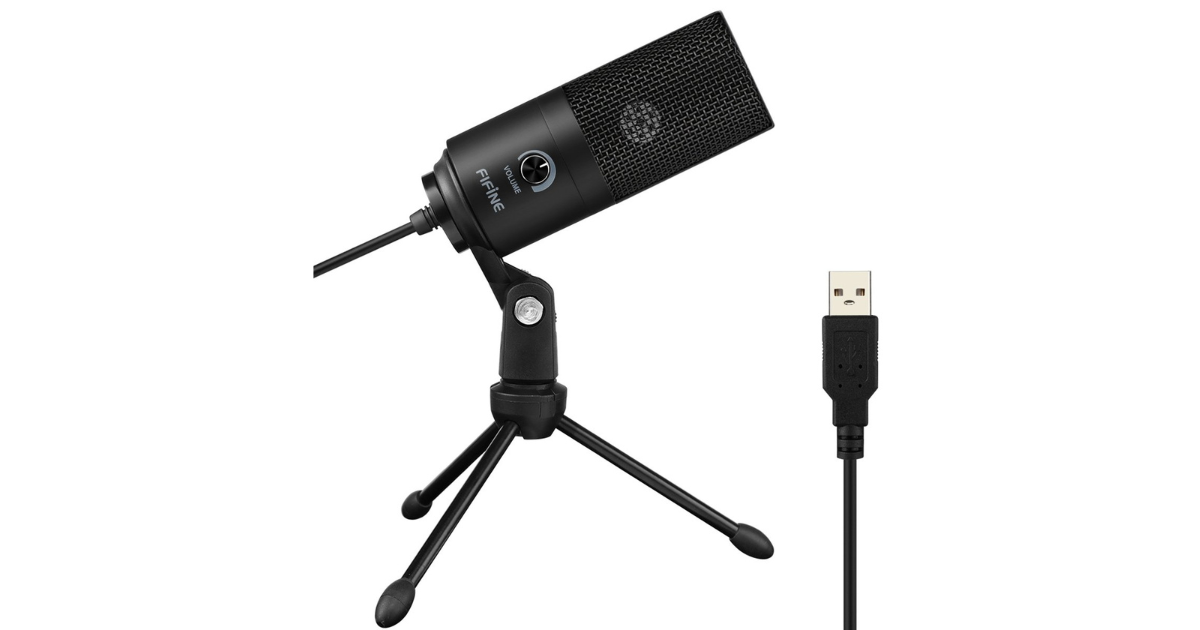
2. Blue Snowball iCE – Reliable Starter
Now, here’s the thing. Blue mics have been around forever in the USB game. The Snowball iCE was my first USB mic back in 2017.
- Type: Condenser
- Connection: USB
- Price: ~₹4500
Why I liked it: Plug-and-play simplicity with no fuss. The cardioid pickup pattern isolates your voice decently. However, the build is plasticky compared to the Fifine K669B. Sound-wise, it’s flatter, so post-processing is needed for radio-level warmth. But it never failed me. No software crashes, no driver issues, ever.
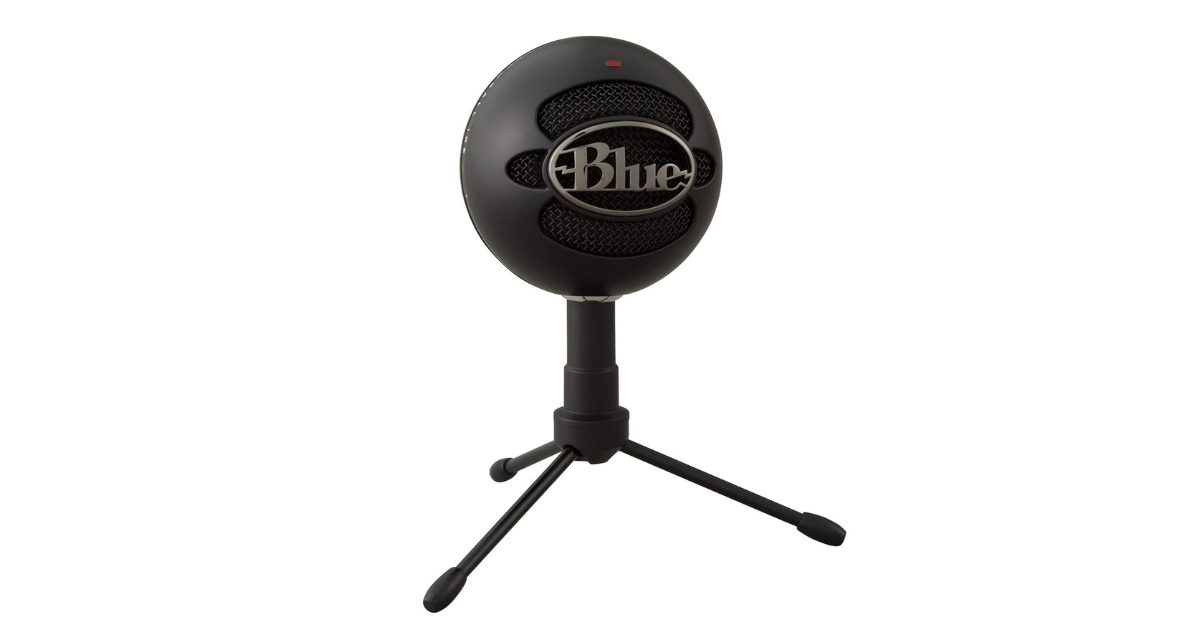
3. Maono AU-A04 – The Underestimated All-Rounder
I discovered Maono mics in early 2020 while helping a client set up his home podcast studio on a tight budget.
- Type: Condenser
- Connection: USB
- Price: ~₹3500
What impressed me: It comes as a full kit – shock mount, pop filter, scissor arm stand. Honestly, at this price point, the included accessories alone are worth ₹1000+. Sound quality is clear, slightly mid-forward, which makes vocals cut through background music easily in podcast editing.
I was skeptical at first – the brand wasn’t big back then – but it’s become my default recommendation for beginners who want a “buy once, use for everything” setup.
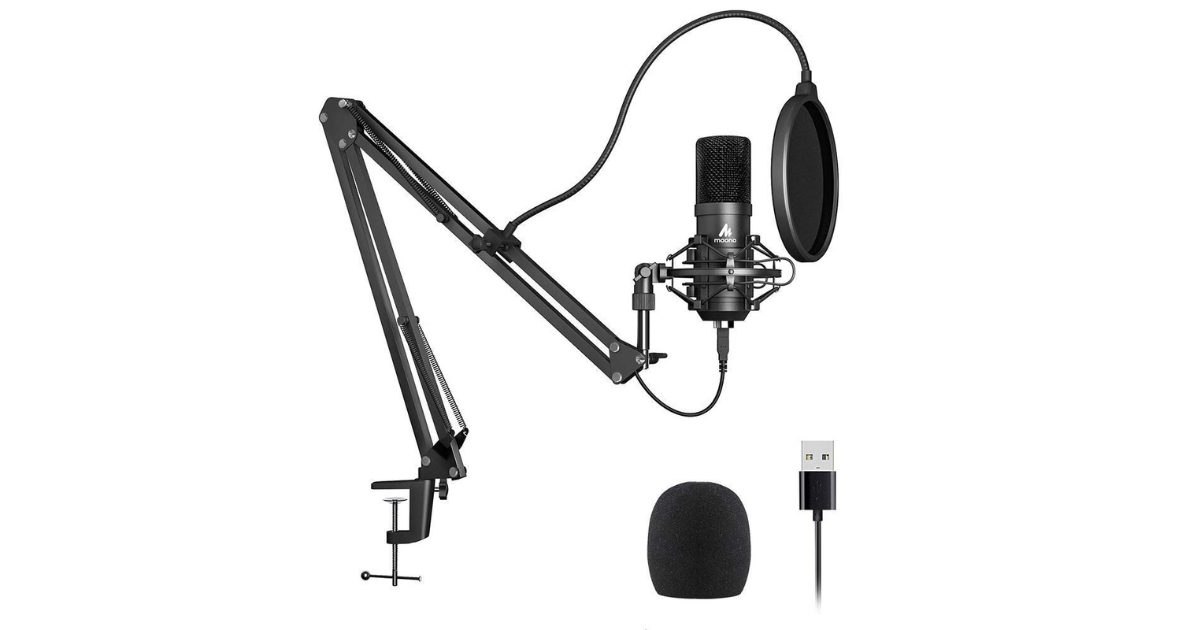
4. Rode NT-USB Mini – Premium Yet Plug and Play
If you want a mic that looks sleek on camera and delivers pro-level clarity, Rode’s NT-USB Mini is solid.
- Type: Condenser
- Connection: USB-C (more future-proof)
- Price: ~₹8000
My experience: I used this for a series of guitar tutorial videos last year. The tone is natural and clean, and Rode’s internal DSP ensures a low noise floor even without an interface. The magnetic stand is heavy and stable – great for quick repositioning. Downsides? No gain knob on the mic itself. You adjust input levels through software or your DAW.
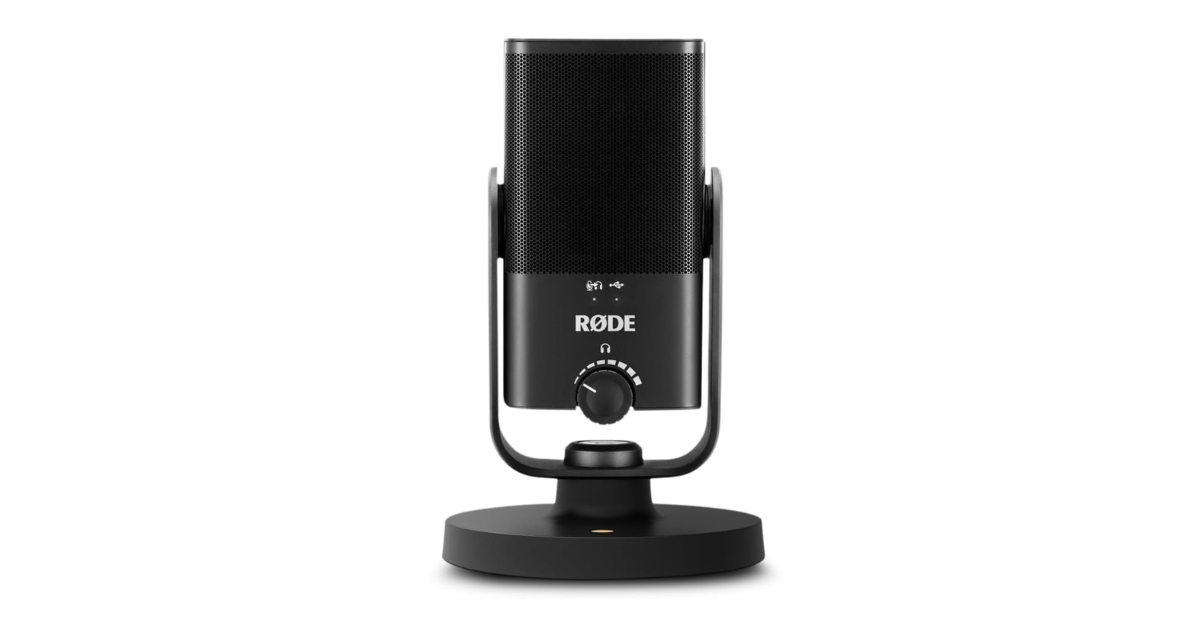
What I’ve Learned Testing Plug and Play USB Mics
Here’s what no one tells you:
- Positioning matters more than brand. Seriously. A ₹2500 mic placed properly sounds better than an ₹8000 mic placed wrong.
- Pop filters are essential. Most USB mics are condensers, so plosives hit hard. Always use a pop filter or foam windscreen.
- Windows vs Mac setup: On Windows, some older USB mics require tweaking sound settings to disable automatic gain control. On Mac, it’s mostly plug-and-go.
- Latency issues are rare now. Older USB mics had noticeable delays during live monitoring, but newer models handle this much better.
Real-World Use Cases
Here’s what I recommend:
- Podcasts & voiceovers: Fifine K669B or Maono AU-A04.
- YouTube & gaming streams: Blue Snowball iCE for its plug-and-play reliability.
- Professional content creation: Rode NT-USB Mini if budget allows.
Actionable Tips Before You Buy
Decide your primary use case first. Voiceovers, singing, streaming – each has different needs.
Check compatibility (USB-A vs USB-C) if your laptop ports are limited.
Invest in a sturdy stand. The included desk tripod in cheap mics is often too short and picks up keyboard vibrations.
Use a noise gate filter in OBS or your DAW to clean up background noise instantly.
Watch unboxing and raw audio test videos on YouTube to hear real-world results before buying.
Aslo Read: USB vs XLR Microphones in India: Which Should You Buy?
Final Thought
So, here’s my honest verdict on plug-and-play USB mics: they’re lifesavers for quick setups, mobile recording, and anyone who doesn’t want to spend on interfaces and XLR cables. Over the years, I’ve seen students, creators, and business professionals level up their audio game instantly with a simple USB mic upgrade.
If I had to pick a “best all-rounder” today, it’d be the Maono AU-A04 kit for sheer value. But if you’re serious about audio quality and want something premium without setup hassles, Rode NT-USB Mini wins for its clean sound and future-proof design.
What about you? Are you using a USB mic currently, or considering your first purchase? Drop your thoughts below – I genuinely love nerding out about mics with fellow creators.
Frequently Asked Questions
Can I use an XLR mic under 5000 for YouTube voiceovers?
Yes, mics like the Behringer XM8500 work great for voiceovers if paired with a decent audio interface.
Do budget XLR mics need phantom power?
Only condenser mics like the AKG P120 need phantom power. Dynamic mics like XM8500 don’t.
Which XLR mic under 5000 is best for untreated rooms?
Dynamic mics such as the XM8500 or ATR1300X handle background noise better in untreated spaces.
Is the AKG P120 durable for outdoor recording?
Not really. Being a condenser, it’s fragile and not ideal for rough outdoor use.
What’s the main drawback of cheap condenser mics under 5000?
They’re often noisy and very sensitive to room reflections unless you have proper acoustic treatment.

